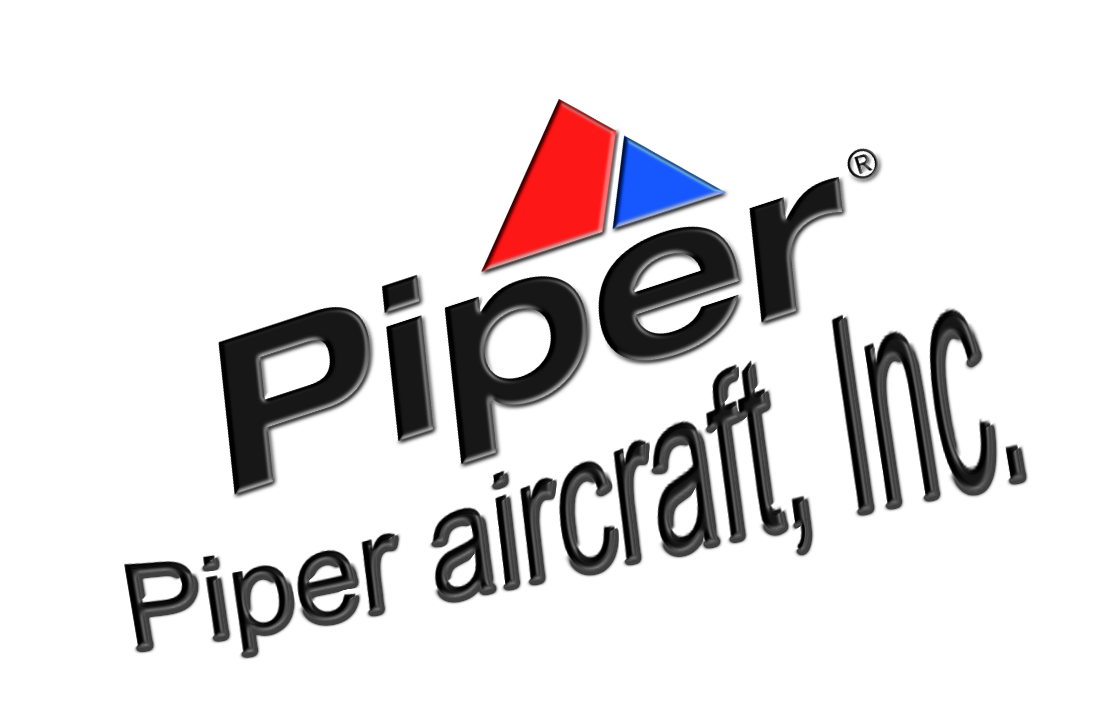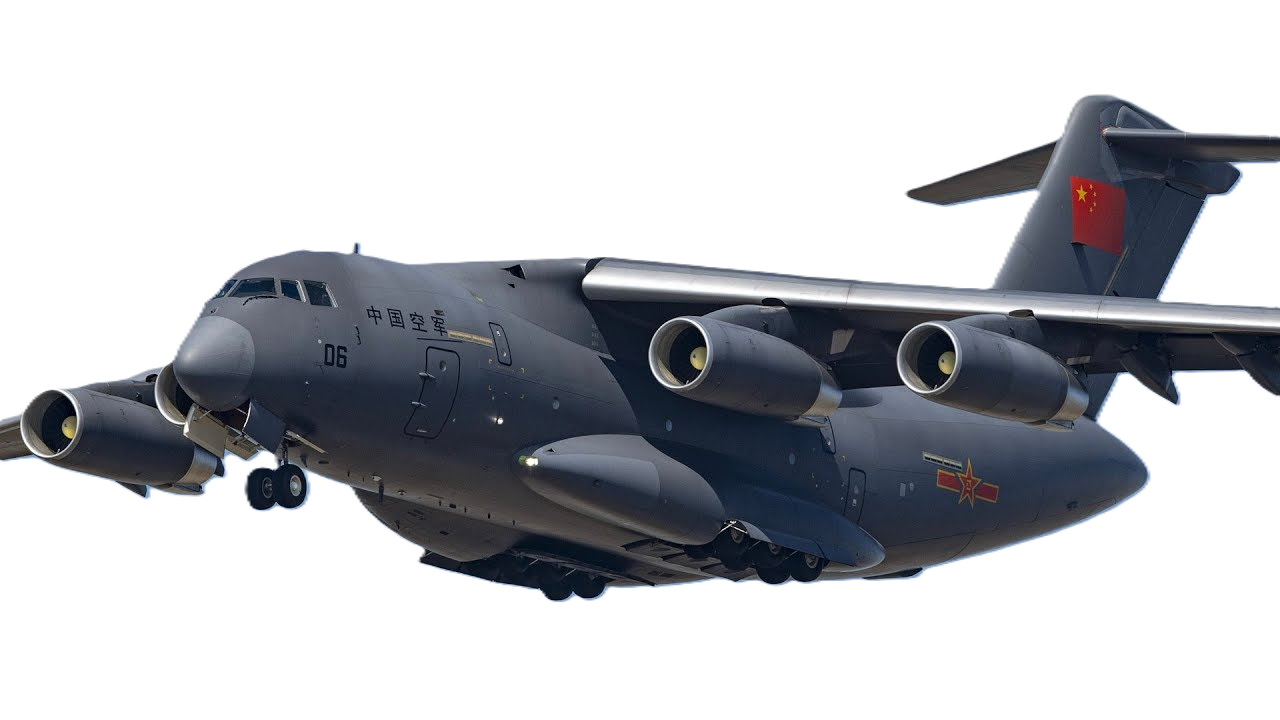Kawasaki Industries
Kawaski P-1 Maritime
 |
|
| General information | |
|---|---|
| Type | Maritime patrol aircraft |
| National origin | Japan |
| Manufacturer | Kawasaki Aerospace Company |
| Status | In service (33) |
| Primary user | Japan Maritime Self-Defense Force |
| Number built | 34 |
| History | |
| Manufactured | 2007–present |
| Introduction date | 2013 |
| First flight | 28 September 2007 |
| Variants | Kawasaki YPX |
|
|
|
|
|
|
|---|
.
History Kawasaki Heavy Industries Kawasaki P-1, is a Japanese maritime patrol aircraft
Manufactured 2007–present

The Kawasaki P-1, previously P-X, XP-1, is a Japanese maritime patrol aircraft developed and manufactured by Kawasaki Aerospace Company. Unlike many maritime patrol aircraft, which are typically conversions of civilian designs, the P-1 is a purpose-built maritime aircraft with no civil counterpart and was designed from the onset for the role. It has the distinction of being the first operational aircraft in the world to make use of a fly-by-optics control system.
The P-1 has entered service with the Japan Maritime Self-Defense Force (JMSDF) as a replacement for the P-3C Orion. In March 2013, the JMSDF took delivery of the first two operational P-1 aircraft. Export customers are also being sought for the type as part of a general loosening of Japanese military export restrictions.
-
Design and development
IHI F7-10 engines of a P-1 The Kawasaki P-1 is a purpose-built maritime patrol aircraft equipped with four engines. The P-1 is powered by four podded IHI F7-10 turbofan engines underneath the low-set wings. The four-engine low-wing loading design, results in a flight profile with better maneuverability and stability at low-speed, low-altitude flight and allows the aircraft to continue its mission in the event of a single engine failure. As well as greater operational survivability, the high-bypass engines provide for quiet, fuel-efficient operation. The P-1 has reduced transit times in comparison to turboprop-powered competitors. The turbofans are quieter, making it more difficult for submerged submarines to detect it acoustically.
Design
Rear view of a P-1 at Iwakuni Air Base, Japan, 2014 Operators
 Japan
Japan- As of March 2022, the JMSDF operated 33 P-1s.
-
Japan Maritime Self-Defense Force
- Air Development Squadron 51, 2013–present
- Air Patrol Squadron 3, 2015–present
0
KmCeiling
0
KmMAX RANGE
0
Km/hAircraft Speed
0
Max Crew
Photo Gallery
Kawasaki Heavy Industries Kawasaki P-1, is a Japanese maritime patrol aircraft Manufactured 2007–present


Kawasaki Heavy Industries
Kawasaki P-1,
is a Japanese maritime patrol aircraft
Manufactured 2007–present
General characteristics
-
Crew: flight crew: 3
mission crew: 8 - Length: 38 m (124 ft 8 in)
- Wingspan: 35.4 m (116 ft 2 in)
-
Powerplant
- Height: 12.1 m (39 ft 8 in)
- Max takeoff weight: 79,700 kg (175,708 lb)
- Powerplant: 4 × IHI Corporation F7 turbofan engines, 60 kN (13,000 lbf) thrust each
Specifications
- Maximum speed: 996 km/h
- Cruise speed: 833 km/h
- Range: 8,000 km (5,000 mi, 4,300 nmi)
- Combat range: 2,500 km
- Service ceiling: 13,520 m (44,360 ft)
Aircraft of comparable role
-
-
-
-
Hardpoints: 8, 2x on each wing and 2x on each wing root. Eight internal bomb bay stations with a capacity of 9,000 kg (19,842 lb) +, with provisions to carry combinations of:
-
Missiles:
-
Bombs:
-
Missiles:
-
-
-
-
-
Links to Youtube & Others
The P-1 presents is manufactured domestically, with a newly-developed its airframe, engines and patrol systems. It improved features compared to the P-3C: faster speed, longer range, and greater loading capacity made possible by the latest technologies. These features enable patrolling of the extensive seas around Japan for long hours.
Kawasaki Industries
Kawaski P-1
The P-1, the successor to the P-3C, is a patrol aircraft used for prolonged and extensive surveillance, and patrol over the seas Japan.
Youtube Link
The Aircraft Put on a great Display a steep climb out followed by a few low flypasts along the crowd line with some great sounding engines.












.png)


.png)